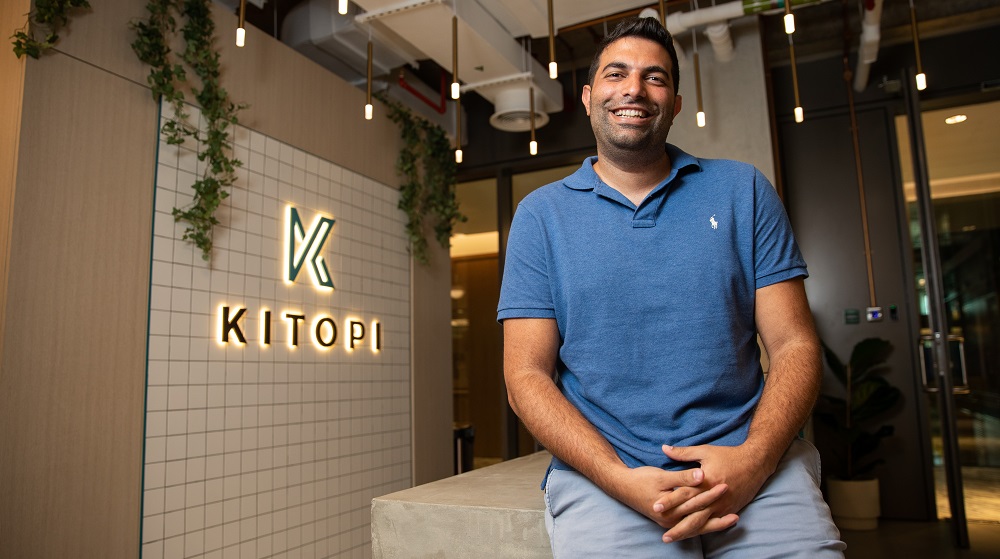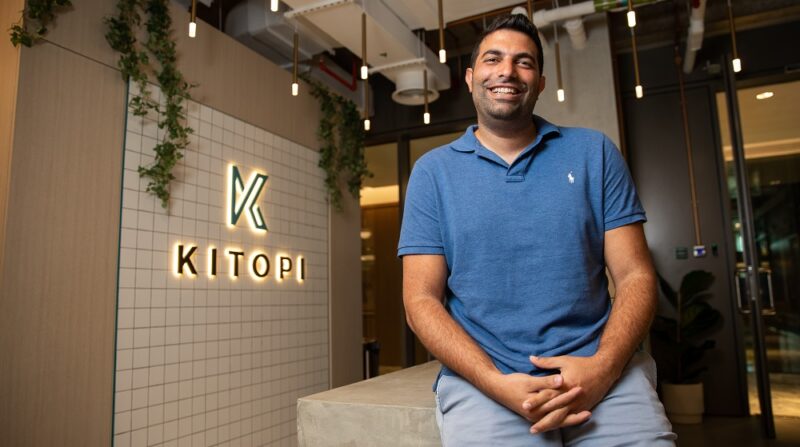In January 2018, a pioneering concept emerged in Dubai that would transform the landscape of the food industry: Kitopi. Initially, only a handful of people were familiar with the term “cloud kitchens.” Fast forward a few years, and Kitopi has not only become a unicorn but a trailblazer in one of the fastest-growing sectors within the food industry.

The “Cloud Kitchen” Concept
A “cloud kitchen,” also known as a “ghost kitchen” or “kitchen as a service,” represents a disruptive B2B service catering to local restaurants. Kitopi, as a provider of this service, cooks and delivers specific dishes on behalf of restaurants in distinct locations that were previously out of reach. The uniqueness lies in preserving cooking standards, recipes, and procedures throughout the process, going beyond traditional “shared kitchen” services.
The benefits are clear: restaurant owners can concentrate on their core business while eddress scales their sales locally and facilitates expansion to entirely new locations through online orders and a robust delivery network.
The Story of Kitopi
Founded in January 2018 by four visionary entrepreneurs—Mohamad Ballout, Saman Darkan, Bader Ataya, and Andres Arenas—Kitopi set out on a mission to revolutionize people’s access to food. In less than three years, Kitopi achieved unicorn status, with a valuation exceeding $1 billion. This remarkable journey included a $60 million Series B funding round in the previous year and a staggering $415 million in a Series C funding round led by Softbank.
Operating in the United States, United Arab Emirates, Saudi Arabia, United Kingdom, and Kuwait, Kitopi currently runs 30 kitchens with plans for extensive expansion. With over 1,200 employees, the startup has collaborated with 100+ restaurants, including renowned names like Operation Falafel, Pizza Express, Rite Bite, and Under 500.
Business Challenge
The predominant challenge haunting the restaurant industry was the limited, local scope of their operations. While most restaurants offer delivery services, it was confined to specific areas, coupled with the need for additional staff to handle online/phone orders. Kitopi addressed this predicament through ghost kitchens, enabling restaurants to cover entire cities or regions without exhausting resources.
The strategic challenge in the hospitality business, especially for scaling, revolved around the complexity and costliness of setting up new restaurants. Kitopi’s cloud kitchen model provided a solution—allowing restaurant owners to extend their reach to other cities or countries without the necessity of launching local branches.
In this exciting journey, Kitopi’s success lies in its harmonious blend of a well-organized business model and exceptional IT solutions, propelling it into the forefront of the evolving food industry landscape.
eddress: Transforming Ghost Kitchen Ideas into Reality
Are you inspired by Kitopi’s success and considering your own venture into the world of ghost kitchens? Look no further than eddress—an innovative software solution that can bring your ghost kitchen idea to life. With eddress, you can build a powerful mobile app that streamlines your operations, enhances customer experience, and propels your ghost kitchen into the digital age.
eddress offers a comprehensive suite of features, including order management, real-time tracking, and customer engagement tools. Elevate your ghost kitchen concept with a robust mobile app powered by our revolutionary software, and take the next step in revolutionizing the food industry.
Have an e-commerce mobile app idea that you would like to build? eddress can definitely help you!
Visit our website and let’s get on a call!
For more content like this, visit our blog!







